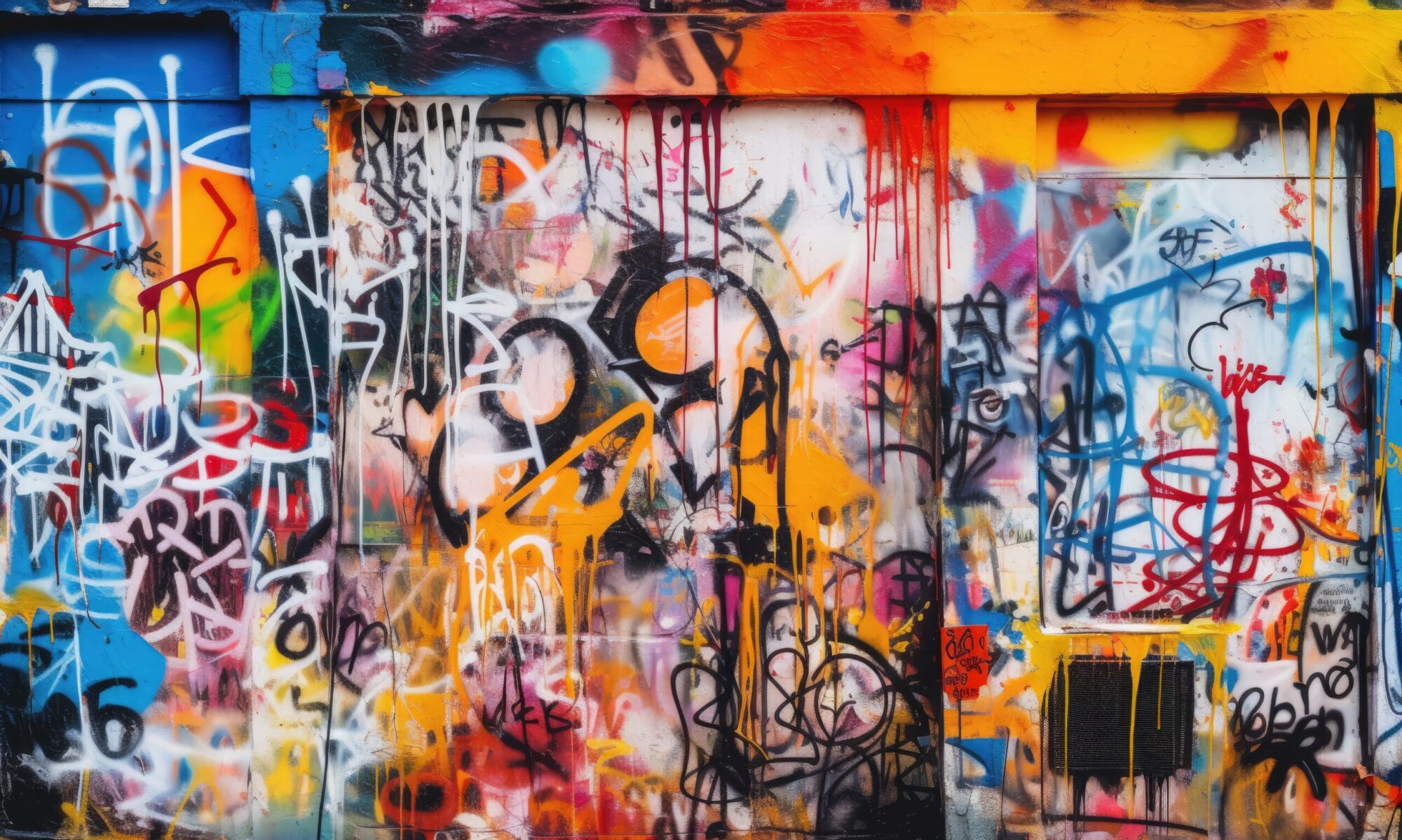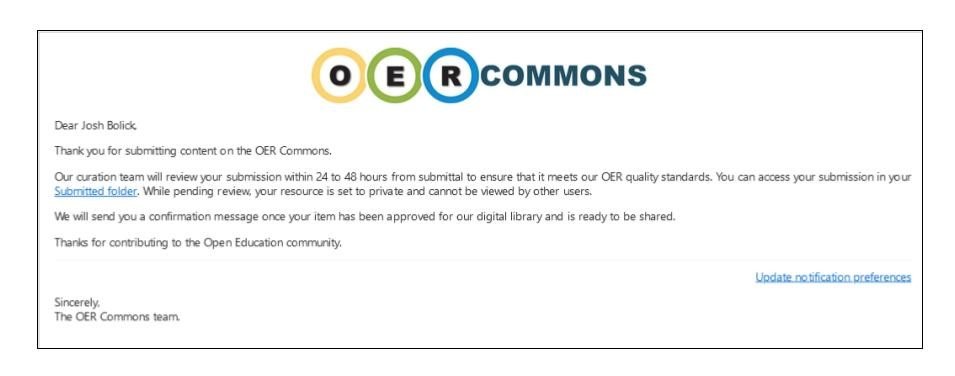This is the latest post in a series announcing resources created for the Scholarly Communication Notebook, or SCN. The SCN is a hub of open teaching and learning content on scholcomm topics that is both a complement to an open book-level introduction to scholarly communication librarianship and a disciplinary and course community for inclusively sharing models and practices. IMLS funded the SCN in 2019, permitting us to pay creators for their labor while building a solid initial collection. These works are the result of one of three calls for proposals (our first CFP was issued in fall 2020; the second in late spring ‘21, and the third in late fall 2021).
Today we’re excited to share “Publishing Values-Based Scholarly Communication” (available through project site and via OER Commons). This work was created by Kath Burton, Catherine Cocks, and Bonnie Russell. We think they’ve done an incredible job! Here they are to introduce Publishing Values-Based Scholarly Communication:
In Publishing Values-based Scholarly Communication, Kath Burton and Catherine Cocks of the Publishing and the Publicly Engaged Humanities working group and Bonnie Russell of the HuMetricsHSS (Humane Metrics in Humanities and Social Science) initiative have created a resource intended to increase understanding of how a values-based approach to scholarly communication can address the challenges of publishing publicly engaged scholarship.
Humanities and social science scholars are increasingly interested in doing research with and alongside communities outside the academy. This values-based, publicly engaged scholarship encompasses research, teaching, preservation, and programming conducted in partnership with diverse individuals and communities outside the university. It is intended to deepen and broaden the horizons of scholarship at the same time that it serves the public good in both its processes and outcomes. In short, this kind of research deploys the resources of the humanities to address society’s most pressing challenges.
But these collaborative research projects often call for publications quite different from the standard academic journal article or book. Works that incorporate multiple voices, are broadly accessible, and are designed to intervene in public issues may not fit easily into the standard academic journal article or monograph. Publicly engaged work is about process and methodology as much as it is about outcomes. What options exist for including all aspects of a project’s processes and methodologies, including failures and adjustments? And yet, the standard genres play an important role in an individual scholar’s career progression. Publishing models that support academic success and also include an explicitly values-based approach to scholarly communication are therefore required. In this OER we highlight several projects and we bring you the voices of scholars who are doing this work and finding creative ways to publish it. We also offer an exercise in analyzing the partnerships and publication outputs of several publicly engaged humanities projects.
University-based librarians have important roles to play in publicly engaged research. For scholars, libraries obviously offer crucial resources for conducting research, and some may also be able to provide resources to community organizations. Libraries can support public engagement efforts and facilitate connections between community organizations and scholars in many ways–for example, by hosting reading groups that bridge distinct communities; collaborating to create digital or material exhibits; consulting on issues of privacy and intellectual property; offering space, design assistance, and tools for digital projects, as well as flexible print publishing opportunities; and providing repositories for long-term access and preservation. Perhaps most important, as professionals focused on the broad circulation of knowledge, librarians can help scholars think through what it means to produce research in service to public, rather than solely disciplinary, aims.
To get readers started with values-based, collaborative scholarship, we offer the HuMetricsHSS Values Sorter. HuMetricsHSS (Humane Metrics in the Humanities and Social Sciences) was established to assist scholars and scholarly organizations in establishing a values-based approach to guide all kinds of scholarly processes through workshops and interactive tools. The Values Sorter is a self-assessment tool for everyone who wishes to engage in embedding values in their scholarly practices. We look forward to future iterations of the OER where we can include examples of effective practice using the Sorter and the HuMetricsHSS values framework.
Publishing Values-Based Scholarly Communication takes inspiration from the Scholarly Communication Notebook’s community of practice approach to empowering active engagement across the landscape. We are extremely grateful to colleagues at SCN for their generous funding and guidance as we sought to showcase the many examples of publicly engaged scholarship via this project.
To read the OER visit https://publiclyengagedpublishing.org/.
About the Authors:
Kath Burton is co-convener of the Publishing and Public Humanities Working Group. With extensive publishing experiences, ranging from commissioning to program management, she now leads the editorial development of the Humanities, Media and the Arts portfolio at Routledge, Taylor & Francis. Among other interests, Kath is an avid outdoor swimmer and helps grow community gardens in Reading, UK. ORCID: 0000-0001-7785-9604
Catherine Cocks is the interim director of Michigan State University Press and a member of the Publishing and Public Humanities Working Group. She formerly worked with Teresa Mangum and Anne Valk on the Humanities and Public Life series at the University of Iowa Press and continues to be passionate about publicly engaged scholarship. ORCID: 0000-0001-6581-4740
Bonnie Russell is the Project Manager for MESH Research at Michigan State University where she is the Project Manager (and resident librarian) for Humanities Commons and the Digital Specialist for HuMetricsHSS. She has worked with digital humanities scholars since 2012, helping scholars shape projects and identify technology needs. Before coming to MSU she spent 9 years as the Technical Project Manager at the Wayne State University Press, managing the Press’s online and digital offerings. ORCID: 0000-0002-0374-0384




![OER Commons notification email. It reads: Dear Josh Bolick, Your resource has been published and cataloged in our digital library. The means your item, [title of item], is fully accessible to all users and available for sharing across the site. Thanks for contributing to the Open Education community. Sincerely, the OER Commons team](http://lisoer.wordpress.ncsu.edu/files/2022/09/SCN-How-To-4.jpg)